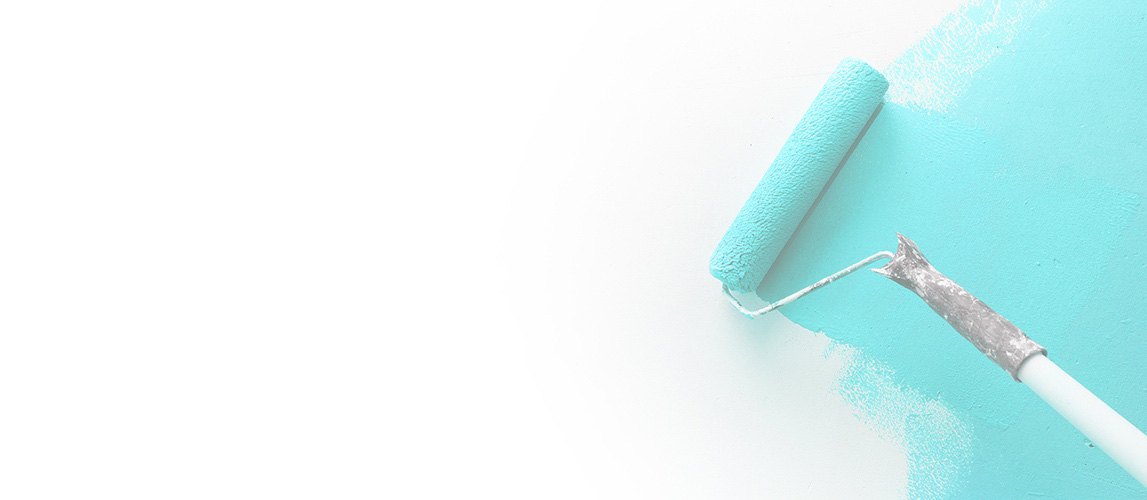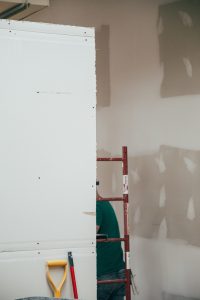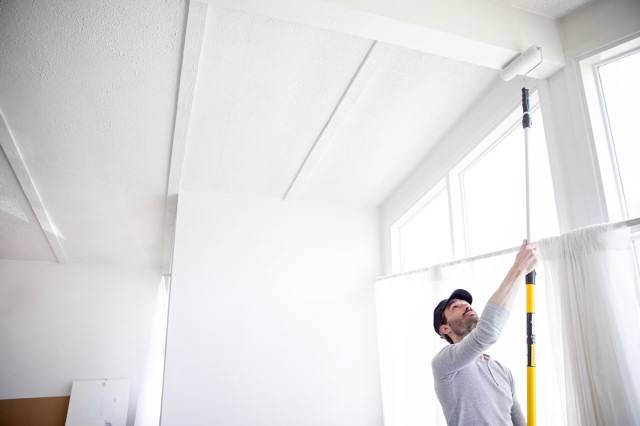How to Start a Home Painting Business
he Academy for Professional Painting Contractors, an online resource for re-paint contractors, and the publisher behind Painter’s Weekly. He recently spoke with Small Business Trends via email to offer some tips and helpful insights for entrepreneurs looking to get into the home painting business. Here are some essential steps to take.
Register Your Company
The exact type of registration you might need for your business can vary by state. So it’s a good idea to check in with your government’s website or some local trade organizations to learn exactly what is required. From there, you might also purchase insurance, a domain and hosting for your business website
Invest in Equipment
Aside from that, the only real startup costs your business should have would be equipment. You’ll likely need ladders, drop cloths, brushes, rollers, sprayers, masks and potentially vehicles with your company’s logo to get you to different jobs.
Find Worthy Partners
When it comes to actually finding customers, Lewis recommends finding the other businesses in your area most influential with your target customers.
Create Your Talking Points
You’ll also need to think about what your marketing materials and sales pitches should feature in terms of content. Why should a new customer choose your business over the other options available?

THINGS TO KNOW BEFORE STARTING A PAINTING RENOVATION
Know What You Want
Of course, the first thing to decide is what you are going to do with your painting renovation! Are you just repainting one room or one accent wall? You could probably tackle the project yourself. But if you are going to do multiple rooms including complex rooms such as bathrooms and the kitchen or the exterior of your home, you should hire the professionals at East Valley Painters to get the job done for you. We have the skills, experience, and the right tools to turn your painting vision into reality.
Then, Plan Accordingly
Once you figure out which walls you are going to paint, you need to figure out WHEN to paint them. Renovating your home’s paint may take a few days. So, if you are planning on having lots of company or a party at your home, either delay the project or hold the event after it is complete.
Prepping the Painting Area
Before you start the painting job, whether you are doing it yourself or not, you will need to remove all furniture in the room, electronics, window treatments, and wall hooks. You want the walls completely bare, even if a professional is coming to do the job.
Exterior Painting Renovations
When it comes to renovating the paint on the exterior of your home, you will want to make sure it is clean. Either you can wash it yourself or find a local company that can do the trick. Professional painters will get this job done for you if you decide to use a professional. They will then correctly do the job and even all the clean-up!

THINGS YOU SHOULD KNOW ABOUT EXTERIOR PAINTING
When you have a home, you need to paint the exterior from time to time — it is a necessary part of your home ownership whether you are the one who does it or you get a professional painting contractor to assist you.
THE BEST WAY TO START IS TO PLAN
Before you lift the paintbrush for the first time, you need to make a plan for the exterior painting project. A plan like this entails figuring out when you are going to paint your home’s exterior as well as what materials you are going to need, including how much paint you are going to need.
PAINTING HELPS FIND EXTERIOR FLAWS
When you paint the exterior of your home, you are bound to find any exterior flaws that may exist, be they areas of the siding that have holes in them that need to be repaired or issues with mold that certainly need to be treated sooner than not.
NOT ALL PAINT IS CREATED EQUALLY
When it comes to painting the exterior of your home, you need to make sure that you are using the right kind of paint. For one, this means that you need to make sure that you are using exterior paint when you are painting the exterior of your home just as you should use interior paint when you are painting the interior of your home.
QUALITY OVER LOW PRICE
Though some will have you believe that you can get just any paint that’s available for sale as well as the equipment that is involved in painting, this is not at all the case.

HOW TO ESTIMATE AND QUOTE A PAINTING JOB: TIPS FROM AN INDUSTRY PRO
Pricing, estimating, and quoting can make or break a painting business. The way you quote projects dictates your ability to win jobs, set clear expectations, and drive profit. Quoting a job properly isn’t just about your cash flow, though. You also have to meet customer expectations, which are subject to what they read online and learn from others through word of mouth and referrals.
We are going to walk you through how to quote a painting job with tips and tricks provided by a painting industry expert, Graham Audenart. Graham has been in the painting industry for nearly 20 years and has had countless residential and commercial clients.
Estimating a painting job is no easy task. You may think that you can charge your client for the amount of paint you bought, and how much money you want to make at the end of the day, but it’s not that simple
Visit the client’s space
Some professionals do all their quotes over the phone––and you can too. But, you have an advantage if you visit your client in their space.
Meeting the client
For one thing, if you skip this step, you don’t get the chance to meet the client and develop a relationship with them. Meeting your client is very important for client referrals, business growth, and customer service.

Interior Painting Tips for the DIY Painter
Many homeowners possess basic painting preparation. They know that it’s important to use drop cloths, painters tape and stir paint thoroughly. But did you know that a golf ball can help maintain paint quality, or that microwaving paint tape can make it more manageable?
With most DIY painting projects, knowing a few additional painting techniques can lead to the most satisfying results. Storing paint properly and using the right tools can ensure that you prevent blemishes and cover surfaces evenly.
Don’t let your paint dry out
A half-empty can of paint will dry out. Drop golf balls into the paint can to fill the air space, or place plastic wrap under the lid, seal it tightly and store the paint upside down.
Use the right primer
If you’re painting new drywall, use a water-based primer to hide imperfections and provide an even base before applying color. If you’re painting paneling, water-damaged or smoke-saturated walls, opt for an oil-based primer.
Avoid lap marks
To avoid stripes caused by rolling over paint that’s already starting to dry, keep a wet edge by painting the full height of the wall and then moving over slightly so you can overlap the last stroke with the next.